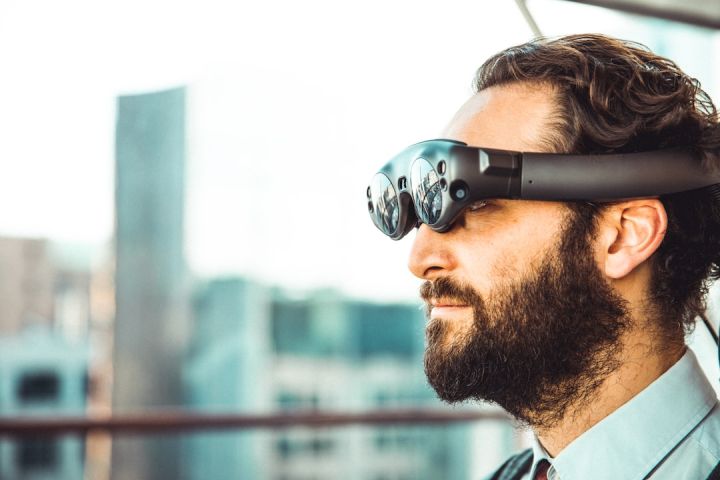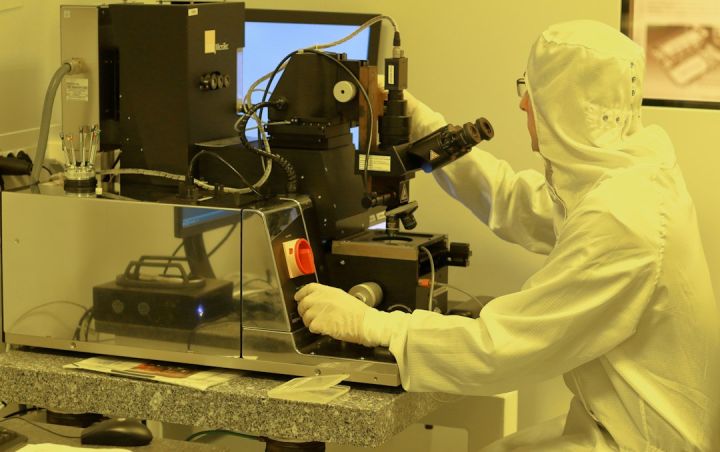How Is Augmented Reality Advancing Healthcare Diagnostics?
Advancements in technology have always had a significant impact on the healthcare industry. From the discovery of X-rays to the development of MRI machines, these innovations have revolutionized the way doctors diagnose and treat patients. One of the latest breakthroughs in this field is augmented reality (AR), which is rapidly transforming healthcare diagnostics. By overlaying digital information onto the real world, AR is enabling medical professionals to visualize and analyze patient data in ways that were previously unimaginable. In this article, we will explore how augmented reality is advancing healthcare diagnostics and revolutionizing patient care.
Enhanced Visualization: Seeing Inside the Body
One of the key benefits of augmented reality in healthcare diagnostics is its ability to provide enhanced visualization. By using AR technology, doctors can now see inside the human body in real-time, allowing for more accurate and efficient diagnoses. For example, during a surgical procedure, surgeons can wear AR glasses that display a patient’s anatomy directly in their field of view. This enables them to visualize important structures, such as blood vessels or tumors, during the operation, reducing the risk of complications and improving patient outcomes.
Improved Medical Imaging: From 2D to 3D
Another area where augmented reality is making a significant impact is medical imaging. Traditional imaging techniques, such as X-rays or CT scans, provide doctors with 2D images that can be challenging to interpret accurately. However, with the help of AR, these images can be transformed into 3D visualizations, allowing for a more comprehensive understanding of the patient’s condition. This enhanced depth perception enables doctors to identify abnormalities more easily and plan interventions more effectively.
Real-Time Data Integration: Bringing Information Together
In addition to enhanced visualization and improved medical imaging, augmented reality is also facilitating the integration of real-time patient data. By overlaying digital information onto the physical world, AR technology can display vital signs, lab results, and other relevant data directly within a doctor’s field of view. This real-time data integration enables medical professionals to make more informed decisions quickly, ultimately improving the quality of patient care. For example, during a surgical procedure, surgeons can view a patient’s vital signs without diverting their attention from the operation, ensuring their safety and well-being.
Training and Education: Enhancing Medical Skills
Augmented reality is not only benefiting patients but also healthcare professionals. AR technology is being used to create immersive training simulations that allow medical students and doctors to practice complex procedures in a virtual environment. This hands-on approach enhances medical skills and improves confidence, ultimately leading to better patient outcomes. In addition, AR can also be utilized for remote training and collaboration, allowing experts to guide and mentor healthcare professionals in real-time, regardless of their physical location.
The Future of Healthcare Diagnostics
As augmented reality continues to advance and become more accessible, its potential in healthcare diagnostics is limitless. From improving patient outcomes to enhancing medical education, AR is transforming the way healthcare is delivered. With ongoing research and development, we can expect to see even more innovative applications of this technology in the future. By harnessing the power of augmented reality, we can look forward to a healthcare system that is more accurate, efficient, and patient-centered.
In conclusion, augmented reality is revolutionizing healthcare diagnostics by providing enhanced visualization, improved medical imaging, real-time data integration, and immersive training experiences. With its ability to overlay digital information onto the real world, AR is empowering medical professionals to make more accurate diagnoses and deliver better patient care. As technology continues to advance, we can expect augmented reality to play an increasingly vital role in the future of healthcare.






